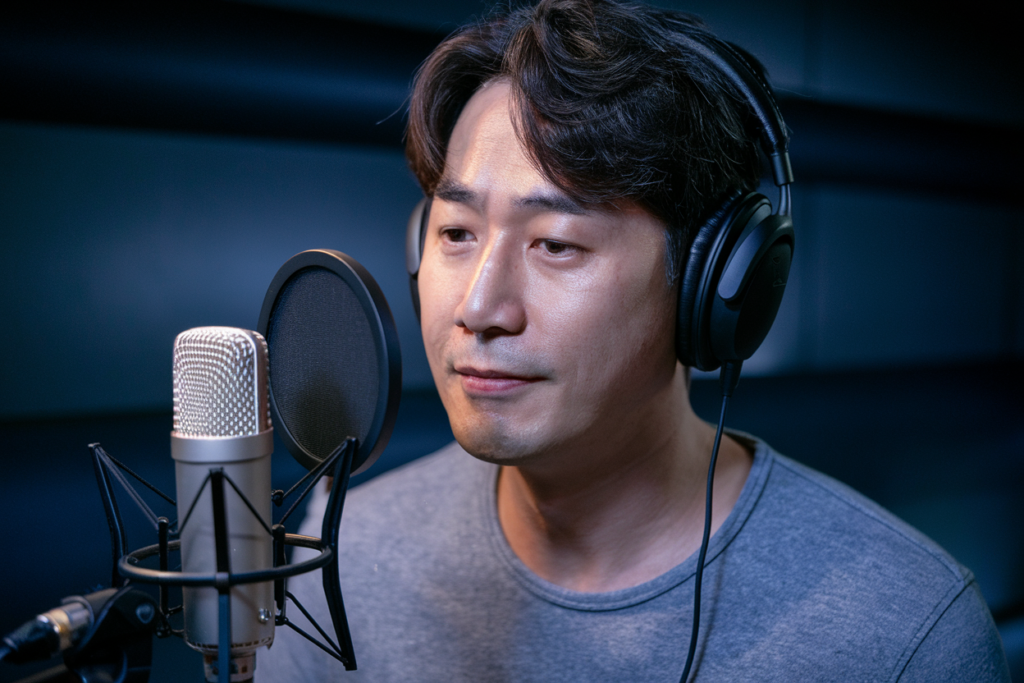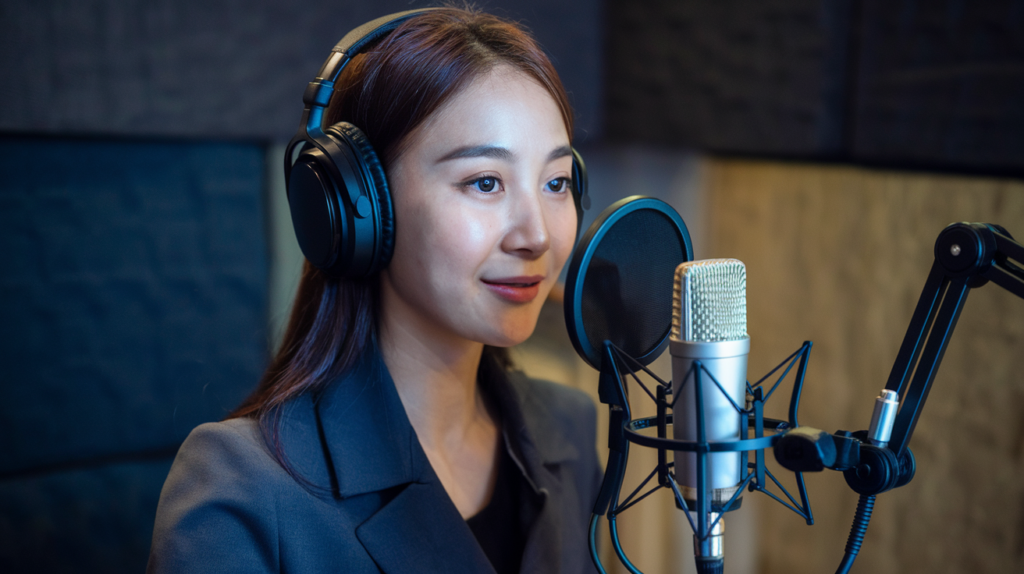Key Takeaways
- Diverse Dialects: Korean is divided into several major dialects, including Seoul, Gyeongsang, Jeolla, Chungcheong, and Gangwon, each reflecting unique cultural influences and expressions.
- Pronunciation Variations: Pronunciation differs significantly across regions, affecting how words are emphasized and perceived by speakers from various backgrounds.
- Vocabulary Differences: Regional vocabularies contain exclusive terms and idioms that highlight local culture; understanding these can enhance communication with native speakers.
- Geographical Influence: Geographic factors shape dialects through historical ties and urban versus rural dynamics, impacting pronunciation patterns and vocabulary use.
- Cultural Significance: Each dialect acts as a marker of regional identity and heritage, providing insights into the social values and customs of different communities in Korea.
- Learning Implications: Awareness of these regional variations is crucial for language learners to improve comprehension skills when engaging with diverse Korean speakers.
Ever wondered why the Korean you hear in Seoul sounds so different from what’s spoken in Busan? The regional variations of Korean are fascinating and can leave even seasoned learners scratching their heads. Each region boasts its own dialect, unique expressions, and sometimes entirely different pronunciations that reflect local culture and history.
Overview of Regional Variations of Korean
Korean features diverse regional variations, each showcasing unique dialects and expressions. These variations arise from historical influences and geographical factors that shape local cultures.
Dialects
Korean is primarily divided into several major dialects:
- Seoul Dialect: The standard form, used in media and education.
- Gyeongsang Dialect: Notable for its distinct intonation, common in Busan and Daegu.
- Jeolla Dialect: Recognized for its softer pronunciation and unique vocabulary, prevalent in the southwestern region.
- Chungcheong Dialect: Features a relaxed speech pattern, found around Daejeon and Cheongju.
- Gangwon Dialect: Shares similarities with both Seoul and Gyeongsang but retains distinctive traits.
Pronunciation Differences
Pronunciation varies significantly among regions. For instance, speakers from Gyeongsang tend to emphasize syllables more forcefully compared to those from Jeolla, who may speak more softly. This can affect how words are perceived by listeners unfamiliar with the dialect.
Vocabulary Disparities
Regional vocabularies often include terms exclusive to an area. Local expressions reflect cultural nuances; for example, certain phrases or idioms may not translate well outside their region. Understanding these differences enhances communication with native speakers.
Influence on Learning Korean
For learners of Korean, awareness of these regional variations proves beneficial. Familiarity with different dialects aids comprehension when interacting with various speakers. Engaging with native content like films or music from different regions enriches language skills while exposing you to authentic accents and colloquialisms.
Embracing the richness of regional variations transforms your understanding of Korean culture and language dynamics.
Dialect Groupings in Korea
Korean dialects reflect the rich cultural tapestry of the country, showcasing unique characteristics across different regions. Understanding these dialect groupings enhances your appreciation of Korean language dynamics.
Northern Dialects
Northern dialects, primarily spoken in areas like Seoul and Incheon, emphasize clarity and precision. The standard Seoul dialect serves as the foundation for most formal communication, making it essential for learners. Pronunciation tends to be straightforward, with less intonation variation compared to southern counterparts. Vocabulary often aligns closely with standard forms, though you might encounter regional expressions that express local culture.
Southern Dialects
Southern dialects encompass a variety of speech patterns from regions such as Busan and Jeolla. The Gyeongsang dialect stands out due to its distinctive intonation and strong syllable emphasis, giving it a lively character that some find challenging yet engaging. Conversely, the Jeolla dialect offers a softer tone with relaxed pronunciation features, creating an inviting atmosphere in conversation. These variations enrich vocabulary use; local phrases may not translate directly but carry deep cultural meaning that reflects southern heritage.
Exploring these dialect groupings not only aids effective communication but also deepens your connection to Korean culture’s diverse linguistic landscape.
Influence of Geography on Dialects
Geography significantly shapes the dialects of the Korean language. Regional differences arise from various factors, including cultural history, local customs, and even geographical barriers. Understanding these influences enhances your grasp of Korean dialects and their unique characteristics.
Urban vs. Rural Variations
Urban areas like Seoul exhibit a more standardized form of Korean due to education and media exposure. The Seoul dialect serves as the benchmark for formal communication, often perceived as more refined. In contrast, rural regions retain distinctive speech patterns that reflect local heritage. For instance, in Jeolla Province, you may encounter softer tones and unique expressions not commonly found in urban settings.
Cross-Border Dialects
Cross-border interactions also contribute to regional variations in Korean dialects. Areas near North Korea display linguistic traits influenced by historical ties and socio-political factors. You might notice subtle pronunciation shifts or vocabulary choices that differ markedly from southern dialects like those spoken in Busan or Gyeongsang. These distinctions highlight how geography intertwines with language evolution, making each regional dialect a rich tapestry woven from its surroundings.
Understanding these geographic influences equips you with deeper insights into the complexities of the Korean language and its diverse forms across different locales.
Linguistic Features of Regional Variations
Korean exhibits fascinating linguistic features through its regional variations. These aspects include pronounced differences in phonetics, pronunciation, and vocabulary across various dialects.
Phonetics and Pronunciation
Phonetic distinctions play a crucial role in Korean dialects. For example, the Gyeongsang dialect often emphasizes strong syllables with a lively intonation, creating a striking auditory experience. In contrast, the Jeolla dialect tends to use softer sounds and more relaxed intonation patterns. Such phonetic characteristics can make communication between speakers from different regions challenging at times. Understanding these nuances helps you appreciate the diverse soundscape that Korean offers.
Lexical Differences
Lexical differences further highlight regional variations within Korean. Each region boasts unique expressions and vocabulary that reflect local culture and customs. For instance, certain terms used in Busan may not resonate with speakers from Seoul or Jeolla, leading to misunderstandings if you’re unfamiliar with local phrases. Recognizing these lexical distinctions enhances your comprehension of dialogues when interacting with native speakers or consuming regional content. Embracing these differences enriches your understanding of the cultural tapestry woven throughout Korea’s language landscape.
Cultural Significance of Dialects
Korean dialects carry deep cultural significance, reflecting the history and identity of their respective regions. Each dialect serves as a marker of local heritage, showcasing unique expressions and speech patterns that contribute to the rich tapestry of Korean culture.
Understanding these dialects offers insights into cultural values and social dynamics. For instance, the lively intonation in Gyeongsang contrasts sharply with the softer tones found in Jeolla, illustrating different approaches to communication. This variety not only enriches conversations but also fosters a sense of belonging among speakers within each region.
Local customs influence language use significantly. Phrases and vocabulary specific to areas like Busan may evoke particular images or traditions familiar only to those who grew up there. Such local expressions enhance storytelling, making it easier for communities to connect through shared experiences.
Geographical factors further shape these variations. Urban settings like Seoul often promote standardized language due to education and media exposure, while rural areas preserve traditional speech patterns that reflect their histories. These differences highlight how place influences linguistic development.
Additionally, cross-regional interactions can introduce subtle shifts in pronunciation and vocabulary choices over time. This interplay encourages adaptability among speakers while maintaining distinct regional identities.
As you explore Korean dialects, embrace their cultural nuances for a deeper understanding of the language’s evolution and its people’s stories embedded within every phrase spoken across this diverse landscape.
Conclusion
Exploring the regional variations of Korean reveals a rich tapestry of language shaped by culture and history. Each dialect offers unique expressions and sounds that reflect local identity, enhancing your understanding of Korean society. By familiarizing yourself with these nuances, you not only improve your language skills but also gain insights into the values and traditions embedded in each region’s speech. Embracing these differences enriches your experience as you interact with native speakers and delve deeper into Korea’s vibrant cultural landscape.
Frequently Asked Questions
What are the main dialects of the Korean language?
The main dialects of Korean include the standard Seoul dialect, Gyeongsang (known for its lively intonation), Jeolla (softer speech), Chungcheong (relaxed tone), and Gangwon dialect. Each reflects unique regional influences and cultural nuances.
How do regional variations affect communication in Korean?
Regional variations can lead to challenges in communication due to differences in pronunciation, vocabulary, and expressions. For example, speakers from Busan may use phrases that are unfamiliar to those from Seoul or Jeolla.
Why is understanding Korean dialects important for learners?
Understanding Korean dialects enhances communication skills and cultural appreciation. It allows learners to engage more authentically with native speakers and grasp the diverse linguistic landscape of Korea.
How does geography influence Korean dialects?
Geography significantly shapes Korean dialects through local customs, history, and even geographical barriers. Urban areas like Seoul tend to have standardized language due to education, while rural regions preserve traditional speech patterns.
What phonetic differences exist among Korean dialects?
Phonetic distinctions vary across regions; for instance, the Gyeongsang dialect has strong syllable emphasis while Jeolla features softer sounds. These differences can create misunderstandings between speakers from different areas.
How do cultural aspects relate to regional languages in Korea?
Cultural aspects deeply influence regional languages. Each dialect reflects local heritage and identity through unique expressions that evoke specific images or traditions familiar only within that region’s community.
Are there lexical differences among the Korean dialects?
Yes, there are significant lexical differences where certain words or phrases used in one region may not translate well into another. This can lead to miscommunication if speakers are unaware of these variances.
How do cross-border interactions impact language variations?
Cross-border interactions near North Korea introduce subtle shifts in pronunciation and vocabulary choices that differ from southern dialects. These exchanges contribute further layers of complexity to regional language dynamics within Korea.







